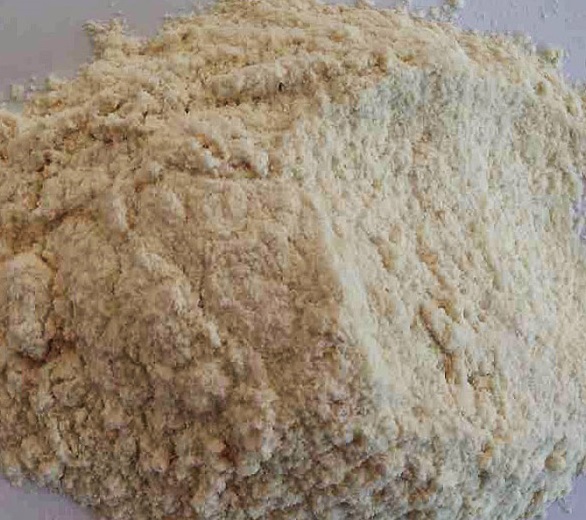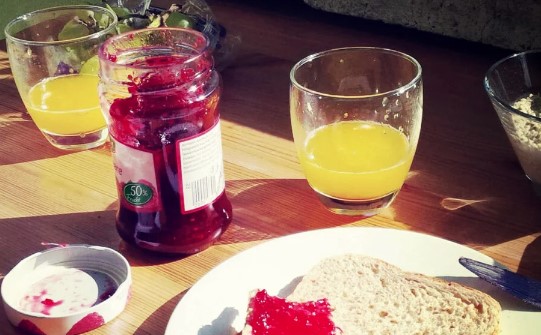The uses of Calcium Alginate
Description
Calcium alginate is a water-insoluble, gelatinous, cream-coloured substance. This compound is a fibrous dextranomer. It is made from salts of alginic acid obtained from Phaeophyceae algae found in seaweed. It can also be created through the addition of aqueous calcium chloride to aqueous sodium alginate. Industrial applications of alginates are found mainly in the food, medical, pharmaceutical, and textile industries, and are linked to its ability to retain water, as well as its gelling, viscosifying, and stabilizing properties[1].
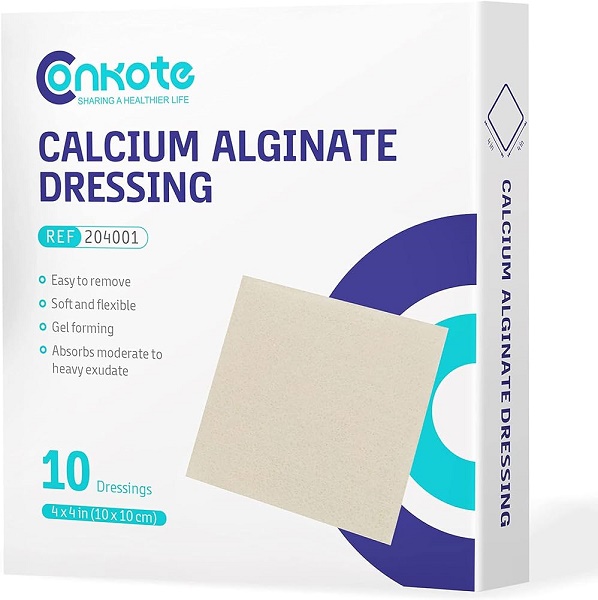
Biological function
In the experiment of Wang et al, Calcium alginate accelerated wound closure rate can be observed. Through histological observation of wounds treated with calcium alginate and vaseline dressing, calcium alginate-treated wounds healed with densely cell deposited matrix with abundant organized cells embedded, the inflammation was mild and moderate. It is surprising that the substance could promote the expression of total collagen in new wound skin tissue. Alginate dressing has been reported to accelerate diabetic foot ulcer healing[2]. This paper firstly confirmed that calcium alginate promoted the healing course of diabetic wounds which involved the decrease of inflammatory reaction, an increase of collagen type I, and the ratio of collagen I/III.
Uses
This substance could used as a cell immobilization matrix. However, the major limitation of the use of calcium alginate as a cell immobilization matrix is its sensitivity towards chelating compounds, such as phosphate, citrate, and lactate, or non-gelling cations such as sodium or magnesium ions[3]. The simplest method is to keep the gel beads in a medium containing a few millimoles per liter of free calcium and to keep the sodium-calcium ratio less than 25:1 for high-G alginate and 3:1 for high-M alginate.
Calcium alginate is used in the fabrication of wound dressings because of its excellent water-absorbing quality, biodegradation, biocompatibility, and outstanding film-forming properties. Calcium alginate dressings are most effective in heavily exudative wounds as they promote the formation of granulation tissue[2]. The calcium in the dressing interacts with sodium in the wound, resulting in a wound exudate that stimulates myofibroblasts and epithelial cells, thus accelerating wound healing. Additionally, calcium regulates epithelial cell proliferation and migration. Alginate dressings are available in nonwoven pads and rope forms. They conform well to the wound, have excellent vertical wicking properties, and are specifically designed for moderately to heavily exudative wounds.
References
[1] Hecht H, et al. Structural Characterization of Sodium Alginate and Calcium Alginate. Biomacromolecules, 2016; 17: 2160–2167.
[2] Wang T, et al. Calcium alginate enhances wound healing by up-regulating the ratio of collagen types I/III in diabetic rats. International journal of clinical and experimental pathology, 6636–6645; 8: 6636–6645.
[3] Grigor’ev G, et al. The immobilization of antineoplastic drug cyclophosphamide in calcium alginate. Polymer Science, Series A, 2017; 59: pages506–514.
You may like
Related articles And Qustion
See also
Lastest Price from Calcium Alginate manufacturers
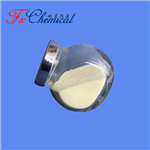
US $0.00/Kg/Drum2025-04-21
- CAS:
- 9005-35-0
- Min. Order:
- 25KG
- Purity:
- 89.6%-104.5%
- Supply Ability:
- 10000kgs
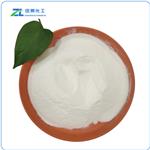
US $45.00/kg2025-04-21
- CAS:
- 9005-35-0
- Min. Order:
- 1kg
- Purity:
- 99%
- Supply Ability:
- 20 tons

